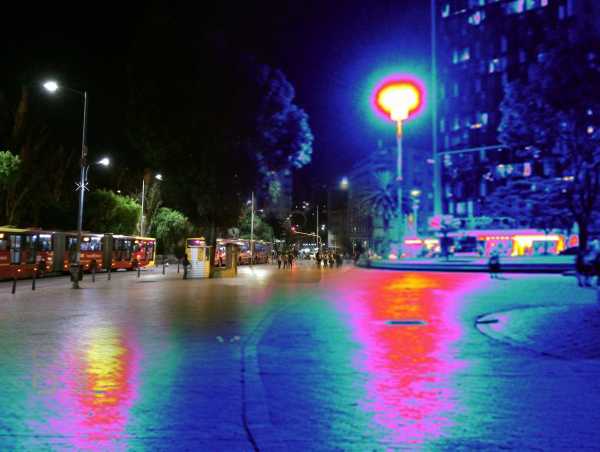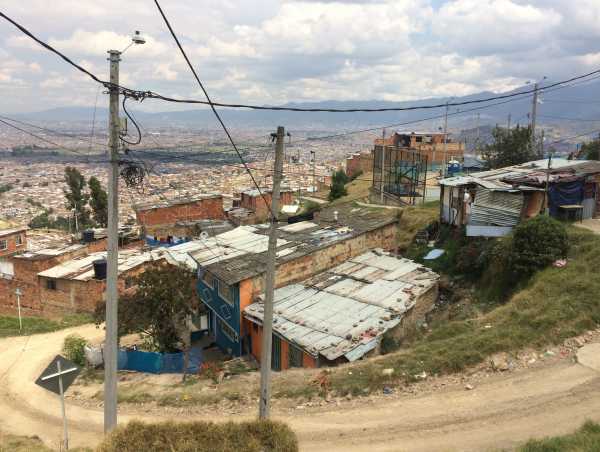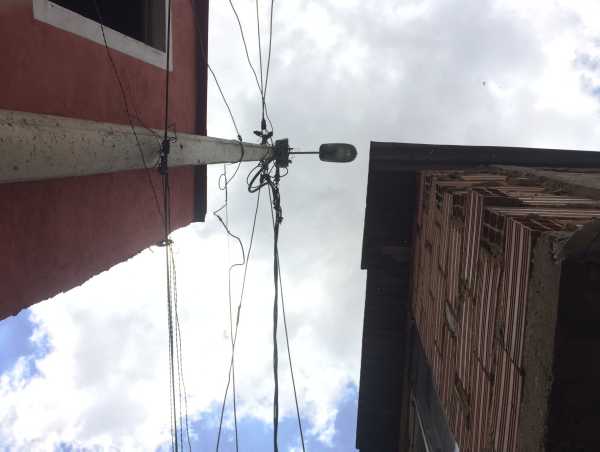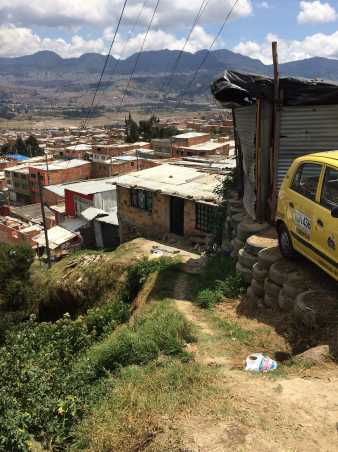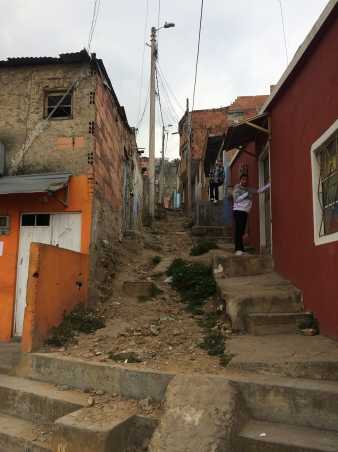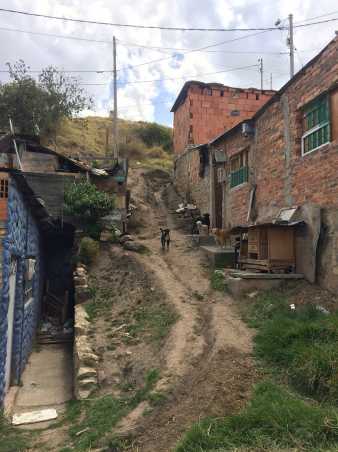Public lighting in Bogotá’ s informal settlements
ISTP PhD student David Kretzer analysis public lighting approaches in the Colombian capital city of Bogotá.
by David Kretzer
There is a variety of reasons to support the premise that the lighting of public space during night-time is beneficial to cities’ residents. Lighting increases, for example, the level of night-time safety and security, and may support economic empowerment and public health. But do all people in cities of the Global South have the same possibility to benefit from public lighting? Is the lighting quality equally distributed over such cities, regardless of the spatial distribution of wealth? Moreover, is it technically feasible to achieve high quality lighting within informally grown urban structures, as are often found in cities of the Global South?
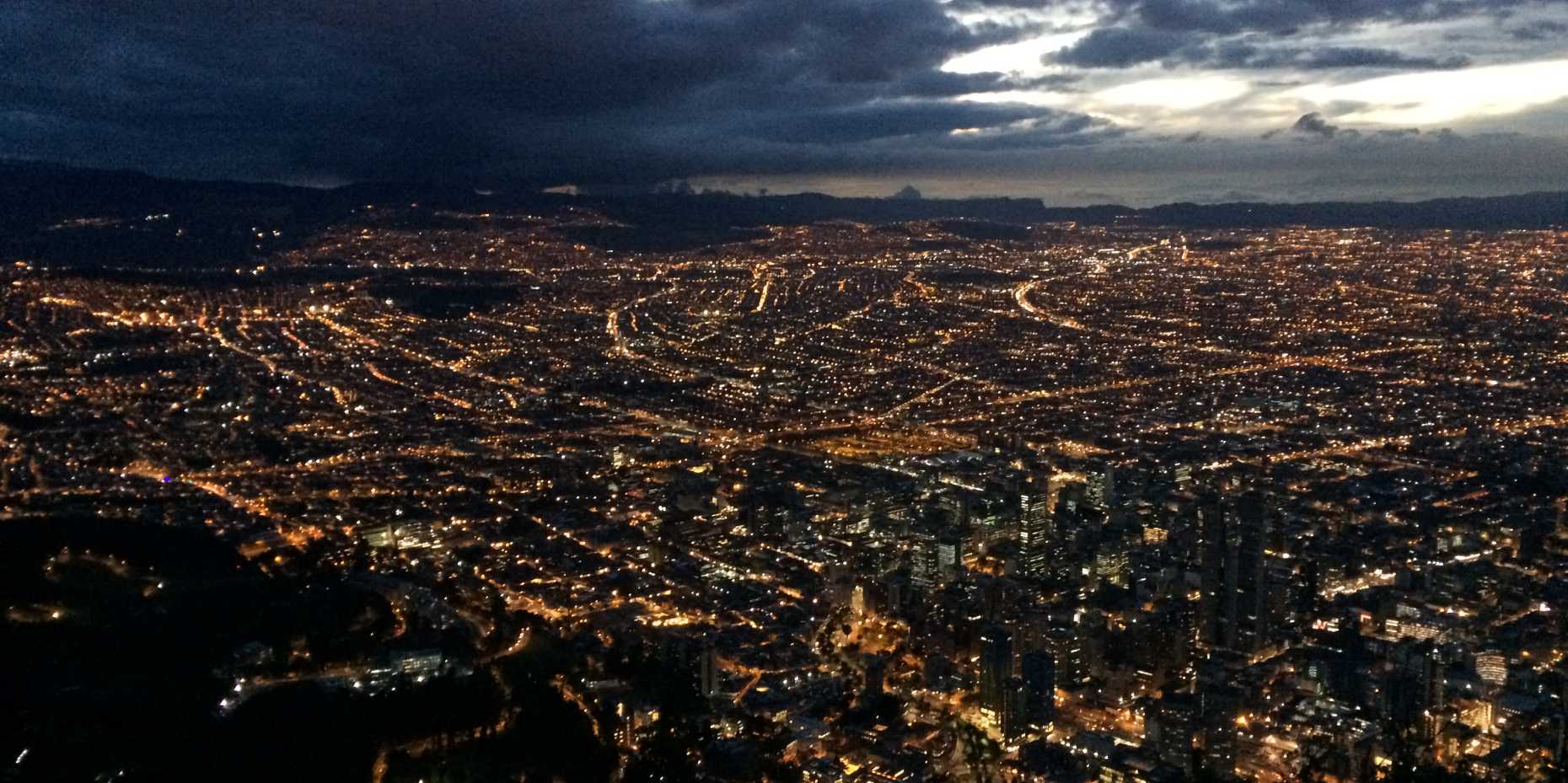
As member of the external pageUrban-Think Tankcall_made, David Kretzer is investigating possible socio-spatial inequalities with regard to public lighting in the city of Bogotá, with a particular focus on informal settlements. His research includes, for instance, on-site lighting quality measurements, policy analysis, as well as interviews with lighting professionals, residents and urban planners. Another crucial aspect of his research relates to the analysis of the informal built environment and its associated lighting challenges. Based on the outcome of his observations alternative lighting approaches will be developed and tested on-site.
Urbanisation Research Incubator at Bogota
The ISTP fieldwork started in October 2017 and will continue over the next three years.
Find out more about the Urbanisation Research Incubator and the external pageUrban-Think Tankcall_made.

